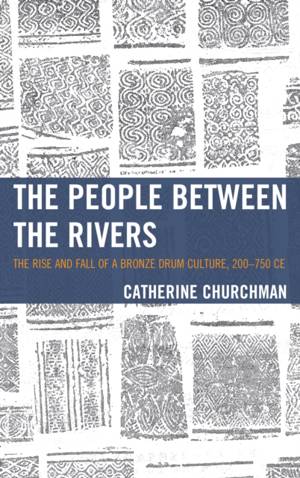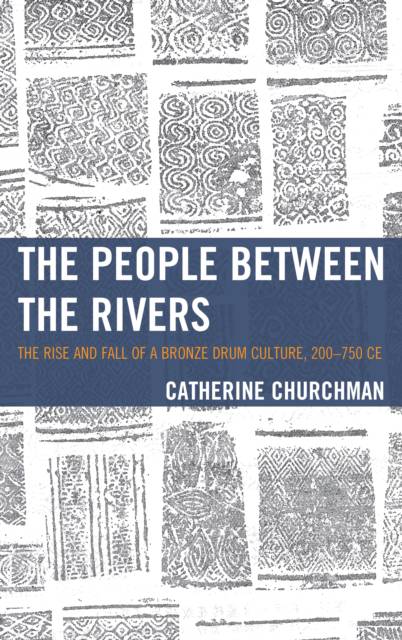
- Afhalen na 1 uur in een winkel met voorraad
- Gratis thuislevering in België vanaf € 30
- Ruim aanbod met 7 miljoen producten
- Afhalen na 1 uur in een winkel met voorraad
- Gratis thuislevering in België vanaf € 30
- Ruim aanbod met 7 miljoen producten
Zoeken
People between the Rivers
The Rise and Fall of a Bronze Drum Culture, 200-750 CE
Catherine Churchman
€ 177,45
+ 354 punten
Omschrijving
This fundamental study provides the first comprehensive history of the lands between the Red and Pearl Rivers in southern China and the people who lived there over a span of a thousand years. Bringing to life the mysterious early people known as Li and Lao who inhabited the area, Churchman explores their custom of casting large bronze kettledrums.
Specificaties
Betrokkenen
- Auteur(s):
- Uitgeverij:
Inhoud
- Aantal bladzijden:
- 266
- Taal:
- Engels
- Reeks:
Eigenschappen
- Productcode (EAN):
- 9781442258600
- Verschijningsdatum:
- 14/09/2016
- Uitvoering:
- Hardcover
- Formaat:
- Genaaid
- Afmetingen:
- 150 mm x 231 mm
- Gewicht:
- 544 g

Alleen bij Standaard Boekhandel
+ 354 punten op je klantenkaart van Standaard Boekhandel
Beoordelingen
We publiceren alleen reviews die voldoen aan de voorwaarden voor reviews. Bekijk onze voorwaarden voor reviews.







